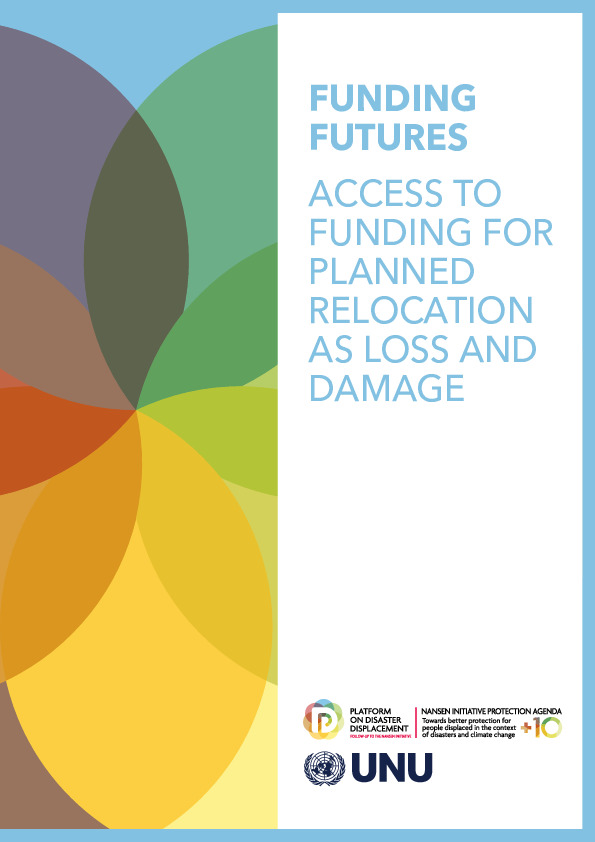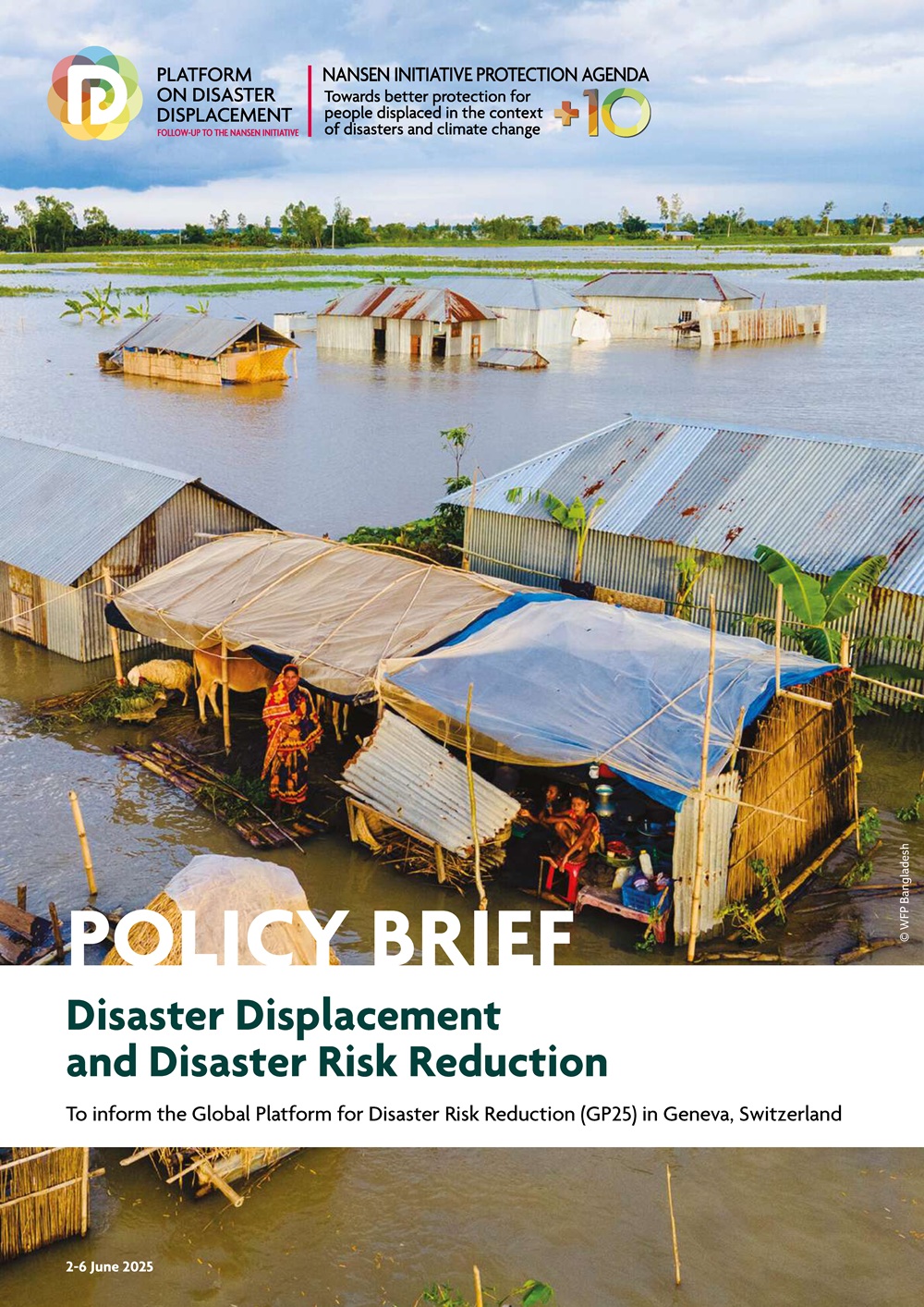Report of the Special Rapporteur on the Human Rights of Internally Displaced Persons 2020
UN General Assembly
Internal displacement linked to the adverse effects of climate change is expected to increase significantly over the coming years and decades. Projections indicate that, without concrete climate and development action, over 143 million people in sub-Saharan Africa, South Asia and Latin America alone could be forced to move within their own countries by 2050 owing to the slow-onset impacts of climate change. While this figure covers different types of human mobility, it gives an indication of the expected scale of movement in these three regions, which suggests that the global scale will be even higher. Climate change will affect every region, although some countries and communities are more vulnerable, including small island developing States and the least developed countries. Most population movements relating to the slow-onset adverse effects of climate change are expected to remain within national borders.
In this report, the Special Rapporteur on the human rights of internally displaced persons, Cecilia Jimenez-Damary, examines internal displacement in the context of the slow-onset adverse effects of climate change. She analyses the impacts of this type of displacement on the enjoyment of human rights by internally displaced persons, including specific groups. She looks at the human rights obligations, responsibilities and roles of States, the international community, businesses and national human rights institutions in addressing internal displacement in the context of the slow-onset adverse effects of climate change and makes recommendations to these actors.




